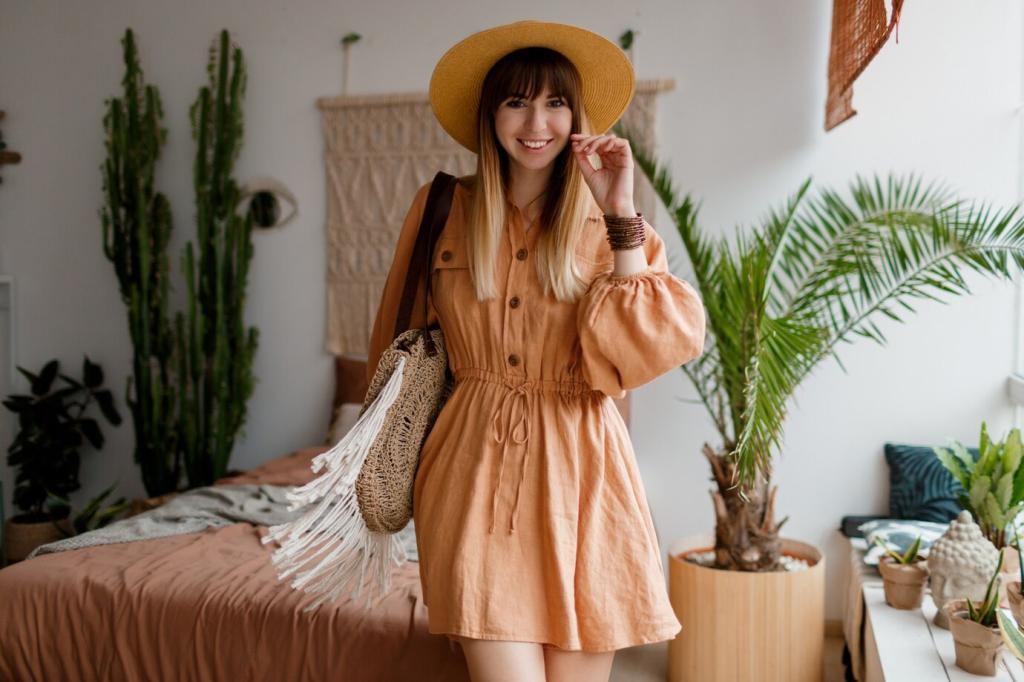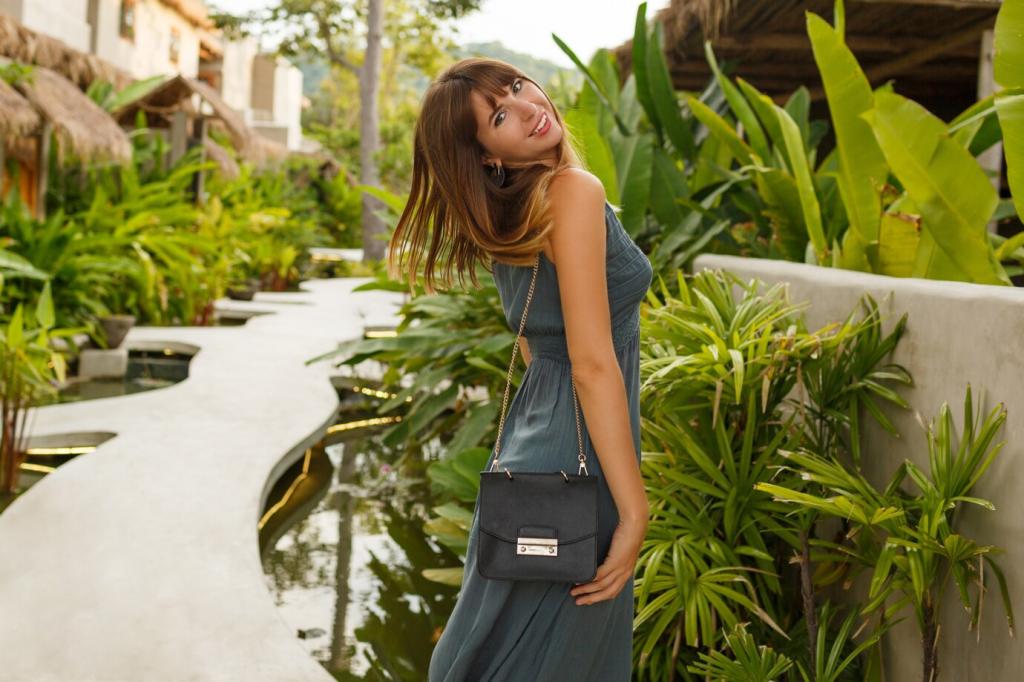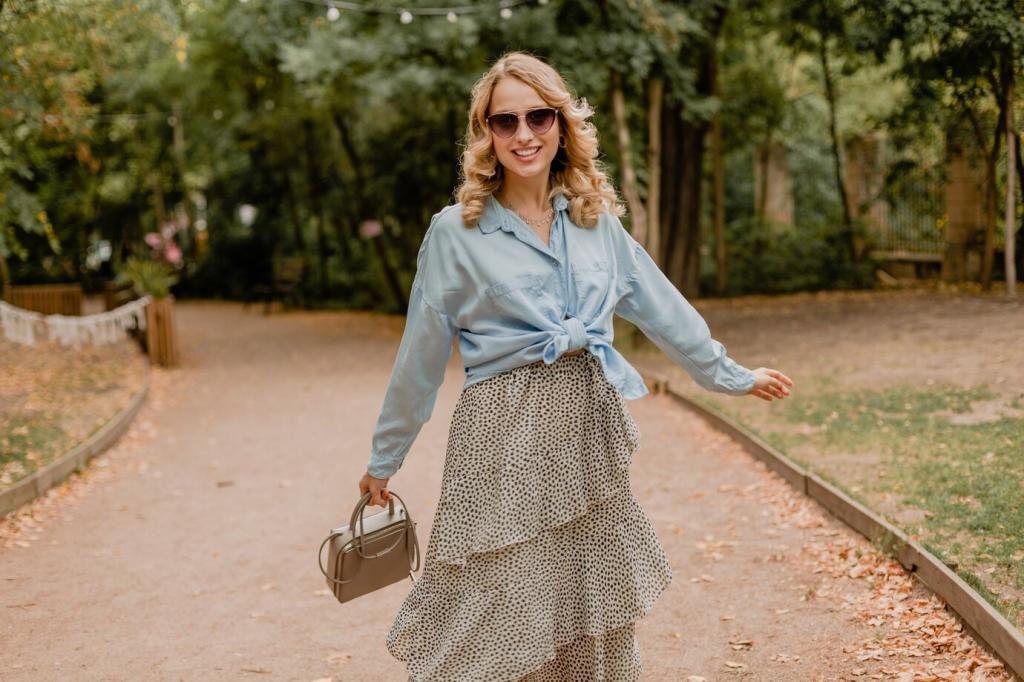What Fair Trade Fashion Really Means
Look for credible standards like the Fairtrade Textile Standard, the WFTO Guarantee System, and Fair Trade USA Certified Factory programs. Each provides oversight, improvement plans, and grievance mechanisms, helping you trust a label’s claims rather than relying on vague marketing words.
What Fair Trade Fashion Really Means
A living wage covers nutritious food, housing, healthcare, and a small buffer for emergencies. Fair trade labels push beyond minimums, agreeing on transparent prices and realistic lead times so makers are paid fairly without overtime abuse. Ask brands to publish their wage benchmarks openly.








